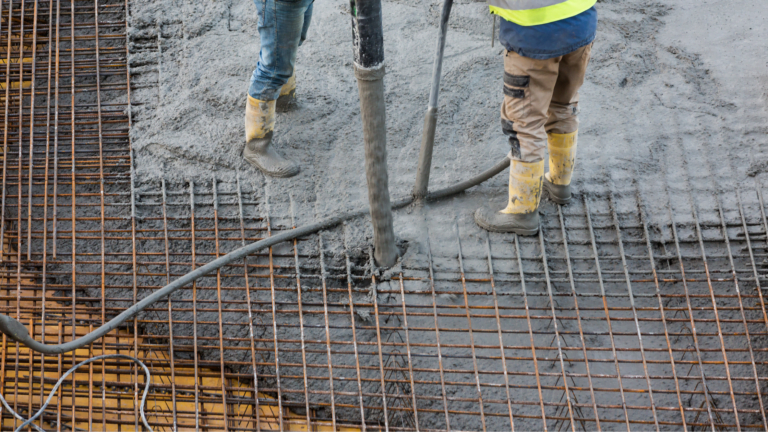Leveraging Construction with Fly Ash for Cost-Effective Projects: Innovations and Implications

Introduction Fly ash, a byproduct of coal combustion in power plants, represents a paradigm shift from waste to a resource in sustainable construction. Historically, the disposal of fly ash presented significant environmental and economic challenges. Today, it stands as a…